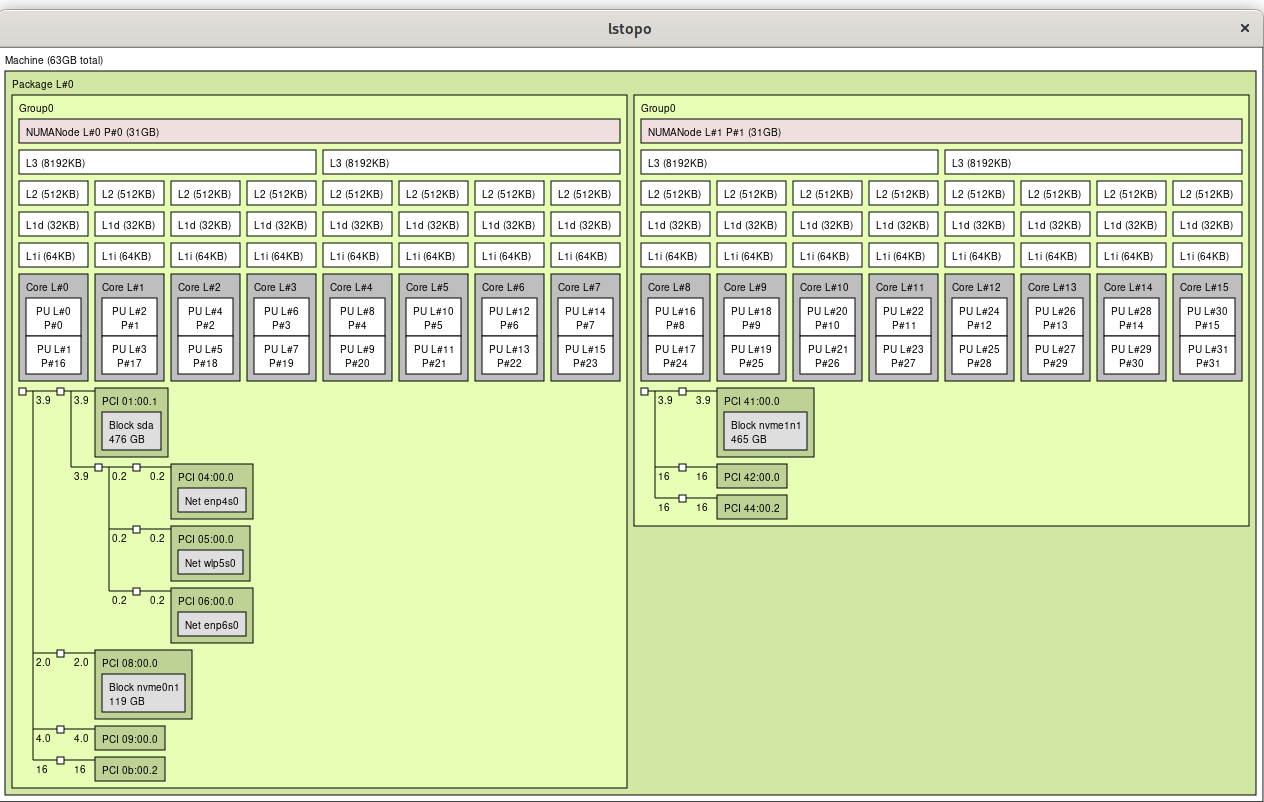

Subsystem: Micro-Star International Co., Ltd. If you are using GRUB, all you need to do to override the default kernel module and load vfio-pci is to configure /etc/default/grub: GRUB_CMDLINE_LINUX_DEFAULT=".
#Qemu vga passthrough nvidia install
Choose NO so it will also install the docs and headers for the kernel!!! Important! During installation you will be asked if you want to only install linux-vfio .
#Qemu vga passthrough nvidia download
We need to download linux-vfio using yaourt: yaourt -S linux-vfio To fix this, we are going to download a new kernel that has already been patched to deal with issues like that. If you can see the PCI-bus id of the other GPU card, e.g.: drwxr-xr-x 2 root root 0 Feb 28 19:41. Sudo find /sys/kernel/iommu_groups/ -type l To find out, check the IOMMU group of the GPU you want to pass through. This step might be needed for some people and for some it does not. Step 3: Fixing IOMMU Grouping (if needed)

Note that the Audio device at 02:00.1 is the audio bus of the GPU, which we will also pass it through the VM-client. I am interesting in passing through the GPU at PCI-bus 02:00.0 . In my case I have two identical graphics cards – two GTX 750 Ti. Device Ġ2:00.1 Audio device : NVIDIA Corporation Device (rev a1) Now we need to identify the bus-id of the GPU we want to pass-through: lspci -nnkĠ2:00.0 VGA compatible controller : NVIDIA Corporation GM107 (rev a2) Step 2: Identify the PCI-Bus of the GPU(s) If you do’t have an iommu_group folder then VT-d is probably not enabled or something went wrong. Which is an example of Intel VT-d and check also if there are any IOMMU groups: sudo find /sys/kernel/iommu_groups/ -type lĮxample output: /sys/kernel/iommu_groups/0/devices/0000:00:00.0 Warning: PCIe ACS overrides enabled This may allow non-IOMMU protected peer-to-peer DMA Unable to determine the device handle for GPU 0000:05:00.0: Unknown ErrorĪnyone any Idea? Any help on this is highly appreciated.Now, verify that VT-d/AMD-v is enabled: dmesg | grep -e DMAR -e IOMMU Virtio 16384 6 virtio_blk,virtio_net,virtio_rng,virtio_balloon,virtio_console,virtio_pciĭrm 360448 7 qxl,ttm,nvidia_drm,drm_kms_helper Virtio_ring 24576 6 virtio_blk,virtio_net,virtio_rng,virtio_balloon,virtio_console,virtio_pci QXL paravirtual graphic card (rev 04)Ġ000:05:00.0 VGA compatible controller : NVIDIA Corporation GP107 (rev a1) (and nvidia-gpu is not the primary one in host’s machine bios, if of a ny relevance)Ġ000:00:01.0 VGA compatible controller : Red Hat, Inc. Looks as if all necessary virtio componentes work, also all necessary nvidia components and also CUDA installation did not show any error/suspicious messages like ‘no lib32 compatible directory found’ during CUDA install. Guest machine is generated by Qemu/KVM with virt-manager, Debian Stretch, cuda10.0-p1, Tensorflow1.14 these all match and work together on Debian Stretch (!no backports activated/installed -> no latest kernel), since I tested it before on bare metal machine (I know the is THE/one difference).

I am trying since many days now to get Nvidia’s 1050Ti up, running and accessable for cuda/Python/Tensorflow1.14 in a VMM guest machine via pci-passthrough.


 0 kommentar(er)
0 kommentar(er)
